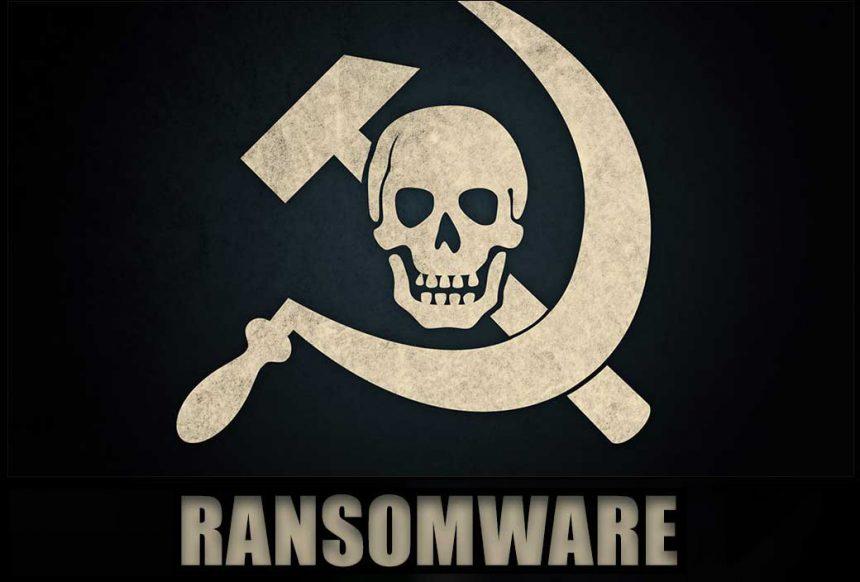DEEPINDEEP is a type of ransomware that belongs to the Phobos ransomware family. Ransomware is malicious software that encrypts all the data on your computer, including photos, documents, excel tables, music, and videos, rendering them inaccessible. It appends a specific extension to every file and leaves an “info.txt” file in each directory containing encrypted files. DEEPINDEEP typically renames files in the following pattern: id[xxxxxx].[contact-email].deepindeep.
Dangers Posed by DEEPINDEEP Ransomware
DEEPINDEEP ransomware poses significant dangers to your computer and data, including:
- Data Encryption: It encrypts your files, making them inaccessible without the decryption key.
- Ransom Note: After encryption, a ransom note called “info.txt” appears in each folder with encrypted files, providing instructions for contacting the attackers and making a ransom payment.
- Data Exfiltration: The ransomware may also download other confidential information from your system, such as employee data, customer information, and internal company documents.
- Potential Data Sale: Attackers threaten to sell your data on the black market if you refuse to pay the ransom, exposing you to various risks, including identity theft, lawsuits, and financial penalties.
Ransom Note Text
The ransom note, usually named “info.txt,” contains the following text:
!!! ATTENTION !!!
Your network is hacked and files are encrypted.
Including the encrypted data we also downloaded other confidential information:
Data of your employees, customers, partners, as well as accounting and other internal documentation of your company.
All data is stored until you will pay.
After payment, we will provide you the programs for decryption and we will delete your data. We don't want to do something bad to your company; it is just business (Our reputation is our money!)
If you refuse to negotiate with us (for any reason) all your data will be put up for sale.How DEEPINDEEP Spreads
DEEPINDEEP ransomware can infiltrate your computer through several common methods:
- Email Spam: Attackers may send malicious emails that appear as notifications from legitimate sources, such as utility services companies or delivery agencies. These emails often contain harmful attachments.
- Trojan Injection: It can be delivered disguised as a legitimate file or software update, infecting your system when you download and run it.
- Peer-to-Peer Networks: DEEPINDEEP can also be spread through peer-to-peer networks like torrents or eMule. It’s important to exercise caution when downloading from these sources.
Removing DEEPINDEEP Ransomware
Removing DEEPINDEEP ransomware from your system is a critical step to regain control of your files. While we won’t provide specific software recommendations, here are the general steps to remove the ransomware:
- Isolation: Disconnect your infected computer from the internet to prevent further communication with the attackers.
- Backup: If possible, make backups of your encrypted files to avoid data loss during the removal process.
- Antivirus Scan: Run a reliable antivirus or anti-malware program to detect and remove the ransomware from your system. Ensure the software is up-to-date.
- Manual Removal: Manually remove any suspicious or malicious files associated with DEEPINDEEP from your computer. Be cautious when handling system files, as deleting the wrong ones can cause issues.
- Recovery: After removing the ransomware, you can attempt to recover your files from backups or use decryption tools if they are available.
- Prevention: To protect your system against future ransomware infiltrations, practice safe internet usage, avoid opening suspicious email attachments, only download software from reputable sources, and regularly update your operating system and security software.
Note: The steps mentioned above are general guidelines for removing ransomware. Depending on the specific variant of DEEPINDEEP, there may be additional steps or tools required. Always consult with a professional or follow official guidance provided by your antivirus software for the most accurate removal instructions.
Conclusion
In conclusion, DEEPINDEEP ransomware represents a significant threat to computer users, as it encrypts files and demands a ransom for their release. Understanding the dangers posed by this type of malware, as well as its methods of infiltration, is crucial in preventing and mitigating its impact. Vigilance in recognizing phishing emails, cautious downloading practices, and regular system updates are key steps in defending against DEEPINDEEP and similar ransomware attacks. While the removal process can be complex and requires care, it is essential to regain control of your system and files. The provided ransom note serves as a stark reminder of the potential consequences of ransomware attacks, emphasizing the importance of maintaining robust cybersecurity practices.
In the face of evolving cybersecurity threats like DEEPINDEEP, it is imperative that individuals and organizations take proactive steps to safeguard their digital assets. Prevention is often the best defense, and staying informed about emerging ransomware variants and their attack vectors is critical. Moreover, regularly backing up important data and keeping offline copies can mitigate the impact of ransomware attacks. By adhering to best practices for cybersecurity and maintaining a heightened sense of awareness, users can better protect their systems and data from the menace of ransomware.
It is important to remember that DEEPINDEEP ransomware is just one of many malicious programs threatening the digital landscape. As technology advances, so do the tactics and techniques employed by cybercriminals. Therefore, an ongoing commitment to cybersecurity education, proactive measures, and the use of reliable security software is essential for a resilient defense against all forms of malware, ransomware included. By taking these precautions, individuals and organizations can reduce the risk of falling victim to ransomware and ensure the safety and integrity of their digital environments.





